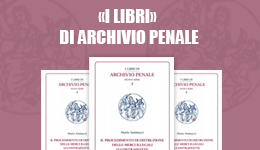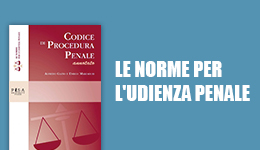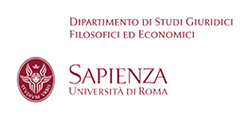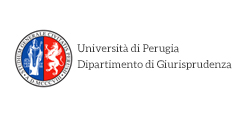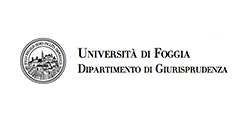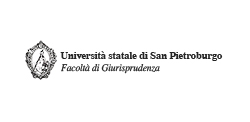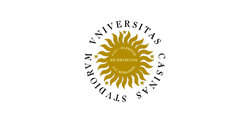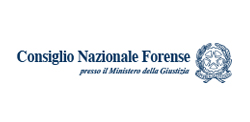Un’applicazione del ne bis in idem al procedimento ex d.lgs. n. 231 del 2001. Cambia ancora la fisionomia del principio?
Archivio Penale
© dell'autore 2023
Ricevuto: 30 August 2023
| Accettato: 08 September 2023
| Pubblicato: 13 September 2023
L’intero articolo è disponibile
Riassunto
La recente estensione della garanzia – convenzionalmente intesa – del divieto di secondo giudizio mostra come la stessa sia oggetto, al contempo, di una continua, progressiva espansione e trasformazione. Se, da un lato, è testimonianza di come il principio, alla luce dei criteri alsaziani di definizione della “matière pénale”, possa trovare spazio anche in un territorio – quello del “doppio binario” sanzionatorio degli enti in ambito tributario – dove la materia, duplicemente, non sarebbe formalmente “penale”, dall’altro, mette in luce una natura del divieto sempre più lontana dal contenuto dell’art. 649 c.p.p. La forte valorizzazione del requisito di proporzionalità della sanzione, tra i fattori da valutare nel giudizio di connessione temporale e materiale richiesto da Strasburgo e, successivamente, anche dalla Corte costituzionale rischia di sfumare i margini della garanzia processuale – che preclude un secondo giudizio indipendentemente dall’esito del primo – avvicinandola sempre di più a quella sostanziale che protegge esclusivamente da una seconda condanna. L’inclusione della ponderazione delle eventuali condotte riparatorie nel giudizio di proporzionalità della sanzione, inoltre, significherebbe un’apertura – non legislativamente normata – dell’ordinamento italiano alla diversion nel processo agli enti che potrebbe comportare il rischio di trasformare ulteriormente il ne bis in idem facendolo operare in un’ottica premiale anziché come garanzia di per sé.
An application of ne bis in idem to proceedings under Legislative Decree No. 231 of 2001. Does the principle's shape change again?
The recent extension of the guarantee – conventionally defined – of the prohibition to be tried twice shows how it is, at the same time, the subject of a continuous, progressive expansion and transformation. On the one hand, it is evidence of how the principle, in the light of the Alsatian criteria for defining the “matière pénale”, can also find a place in an area – that of the “double track” of entities’ sanctions in fiscal sector – where the subject matter, doubly, would not be formally “criminal”. On the other hand, it highlights a nature of the prohibition that is increasingly far from the content of Article 649 of the Code of Criminal Procedure. The strong emphasis on the requirement of the proportionality of the penalty, among the factors to be assessed in the judgment of connection in substance and time required by Strasbourg and, subsequently, also by the Constitutional Court, risks blurring the margins of the procedural guarantee – which precludes a second trial regardless of the outcome of the first – bringing it ever closer to the substantive guarantee that protects exclusively against a second conviction. The inclusion of the consideration of any restorative conduct in the judgement of the proportionality of the penalty, moreover, would mean an opening – not legislatively regulated – of the Italian legal system to diversion in the proceedings against entities, which would entail the risk of a further transformation of the ne bis in idem by making it operate in a rewarding perspective rather than as a guarantee per se.
Percorso di valutazione
Peer reviewed. Certificazione della qualità


